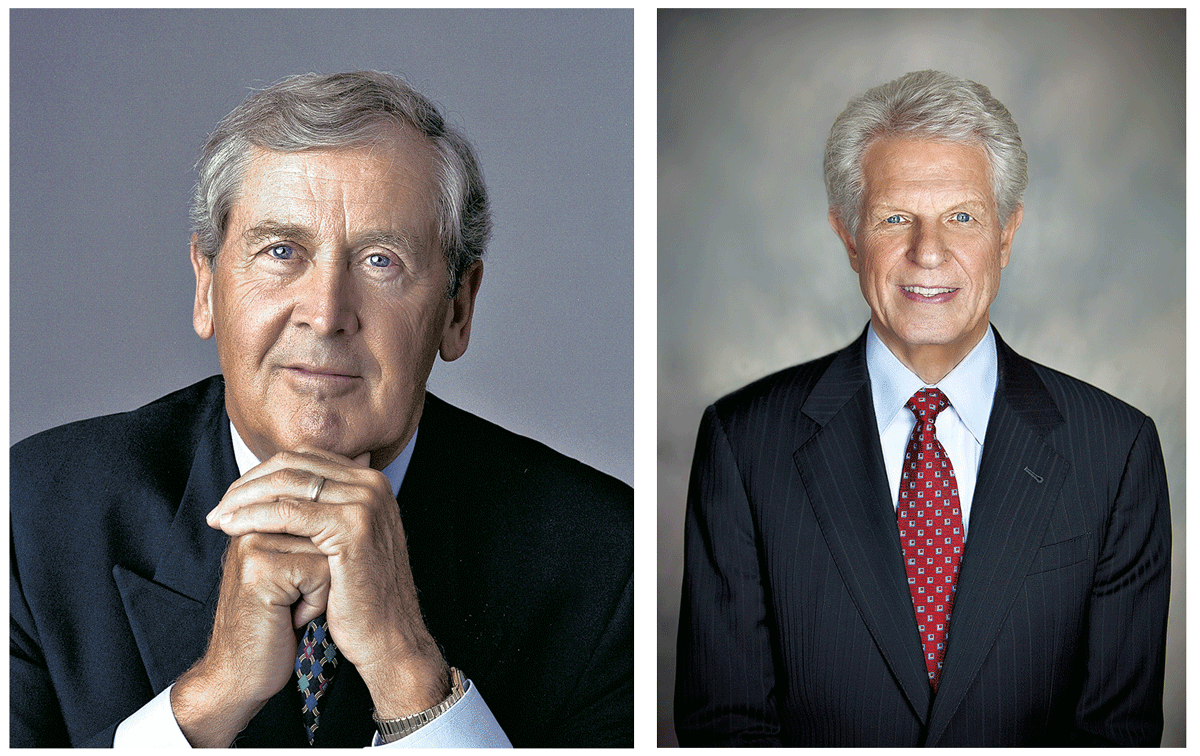I think it’s healthy for there to be a direct relationship between memory and frequency for a brand. The more often a customer comes into contact with your brand, the more consistent the memory needs to be.
That’s because brands that frequently interact with their customers have the power of habit on their side. In fact, when someone is buying from you frequently, the memory itself needs to focus on regularity: greeting customers by name; being easy to find; recognizing what they like and maybe working with that; introducing suggestions that fit with what they’re looking for. The memories are smaller in their impact and their “experience” factor, but their frequency makes the effect powerfully cumulative.
By contrast, when your customers only interact with you occasionally, then the memory needs to be stronger and much more enduring. It literally needs to “last” until the next time a customer needs to buy because there isn’t the same front-of-mind of course – which means less consistent awareness and less reminders. It’s easy for customers to decide to explore a new technology or take advantage of what they see as a better price.
Natural or special? Which sentiment do you generate? The feeling that comes with a trip to your favorite deli or the excitement that wells up at the thought of a trip to another part of the world? That’s the choice for many brand experiences. Something so easy that life wouldn’t be the same without it. Or something so wonderful that you really look forward to buying it again.
Which one do you want to be? For some professions that’s easy. If you’re a grocery brand, for example, or a snack food. Or if you’re a luxury perfume or an upmarket clothes store. But sometimes that choice is less obvious? If you’re a firm of lawyers for example – how do you want your customers to feel about you? Natural or special? If you’re a consultant? Or a speaker? Do you want to be familiar, trusted, part of them, or a treat, something indulgent, an occasion?
Perhaps those are the real ways to think about positioning your brand. What expectation do you want to set, what timeframe do you want to interact in and what memory do you want to generate?
The Blake Project Can Help: The Brand Positioning Workshop and The Brand Storytelling Workshop
Branding Strategy Insider is a service of The Blake Project: A strategic brand consultancy specializing in Brand Research, Brand Strategy, Brand Licensing and Brand Education





5 comments
Sandra Pickering
January 7, 2014 at 3:36 pm
Nicely summarised, Mark. Memories underpin the power of brands.
Powerful brands know how to balance:
> unique and disinctive brand-associated nmemories
> shared and embedded category- and (natural) culturally-embedded memories
The best brand leaders know the psychology of the balance.
Mark Disomma
January 7, 2014 at 5:18 pm
Thanks Sandra. I’m very taken with your final thought – “the psychology of the balance”. Intriguing concept. Best wishes, Mark.
Franklin Grippe
January 8, 2014 at 4:57 am
Great little article. Well stated.
Would be interesting to see how this might be uniquely applied to banking, telephony, or utilities, for example. Industries that are typically very safe, generic, canned, and teeter on being a commodity. And rolled out over a long enough period of time that you could measure accurate results.
As if you could be the Nike of banking or the Target of utilities. Not like you would apply the same values with those brands, but if you engineered a story that was just as relevant and unique in their own way, and had a similar level of energy. Have a personality for a change. Lol.
Anyway, good stuff as usual.
Mark Disomma
January 8, 2014 at 12:18 pm
Great suggestion Franklin. When you change the experiences that people have, based on a story that is unique to you in a sector, that must change the memories significantly and distinguish your brand from the also-rans around you. I often apply the technique you have suggested and, when it works well, you do indeed come up with intriguing combinations of ideas, like the two you have given here. Thanks for your thoughts. Mark.
Dorus de Vries
January 10, 2014 at 3:53 am
With organising events I always see the effect of frequently touching the crowd: posts/photo’s/posters/outdoor promotion…
The first time people see it, they won’t mention it.
After a couple of times they’ll recognize it and think it is something they should get to know better.
How I try to optimise this: try to sketch a(several) customer journey(s) and see on what places you can touch them.
Twitter: @DorusDV (I’m not an active twitterer, but up for a discussion)
Comments are closed.